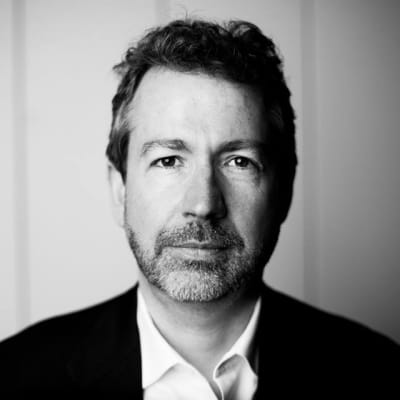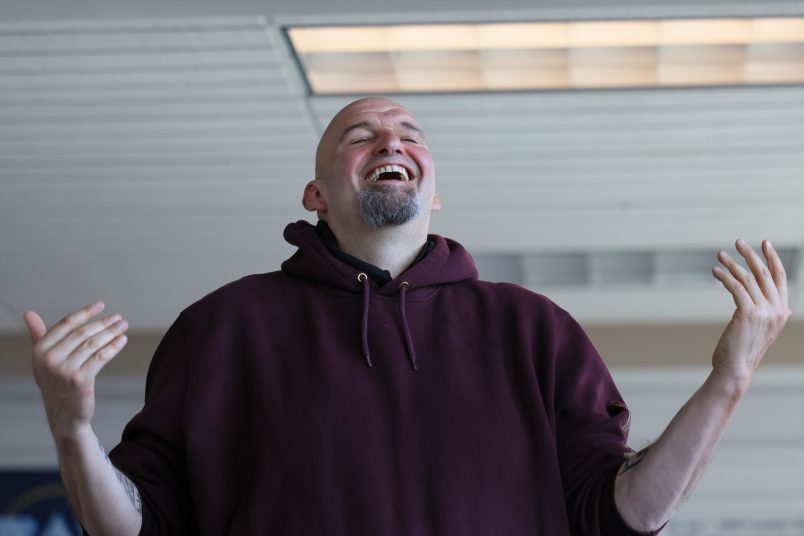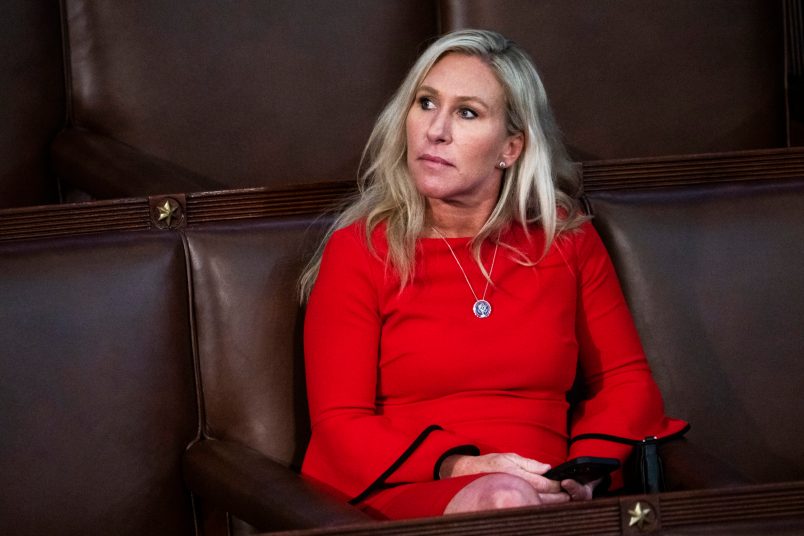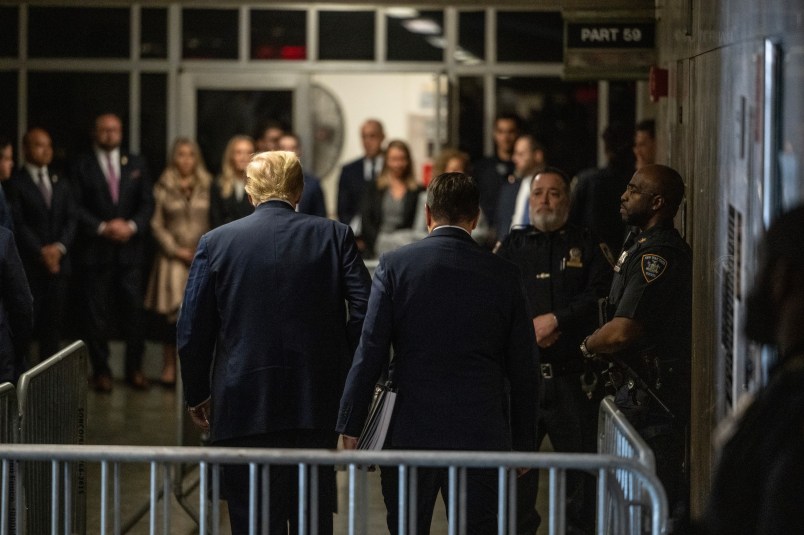Picking back up on the thread that began with John Judis’ post Tuesday and continued with TPM Reader RM‘s email yesterday, here’s more of the discussion on what constitutes the “proper” long view of the Middle East and radical Islam, from TPM Reader BC:
I was very interested in RM’s analysis, particularly by his analogy — which I hope is correct! — of the Middle East with contemporary Colombia. Unfortunately, the analogy ignores a key element that separate the two situations: the presence or absence of Great Powers in Colombia vs. the Greater Middle East.
Colombia, even accounting for left-wing elements with connections to the Soviet bloc/Cuba, has been firmly in the US sphere of influence since 1898. There simply hasn’t been a situation of serious interest/interference by great powers there in a long, long time (though my Colombian friends tell me that Chinese capital and other interests are making big headway recently).
The Middle East, by way of contrast, far more closely resembles Central Europe of the 17th century than the 20th-21st century Andes-Caribbean. I’m not the first to make this analogy, and indeed, I think a lot of it comes from Andrew Bacevich’s idea of the Long War to Dominate the Middle East. But, like the Thirty Years War, with its Bohemian, Danish, Swedish, and Franco-Spanish phases, the greater Middle East has been subject to interference by the Great Powers for decades. Just now, we are perhaps witnessing what future historians will refer to as the end of the “American” and beginning of the “Russian” phases of the war.
Not to get all Halford Mackinder on you, but the Middle East, from a geographical standpoint, is where the world meets up, and the Great Powers will always have an interest in that zone. That’s simply not the case with the Andean countries.








